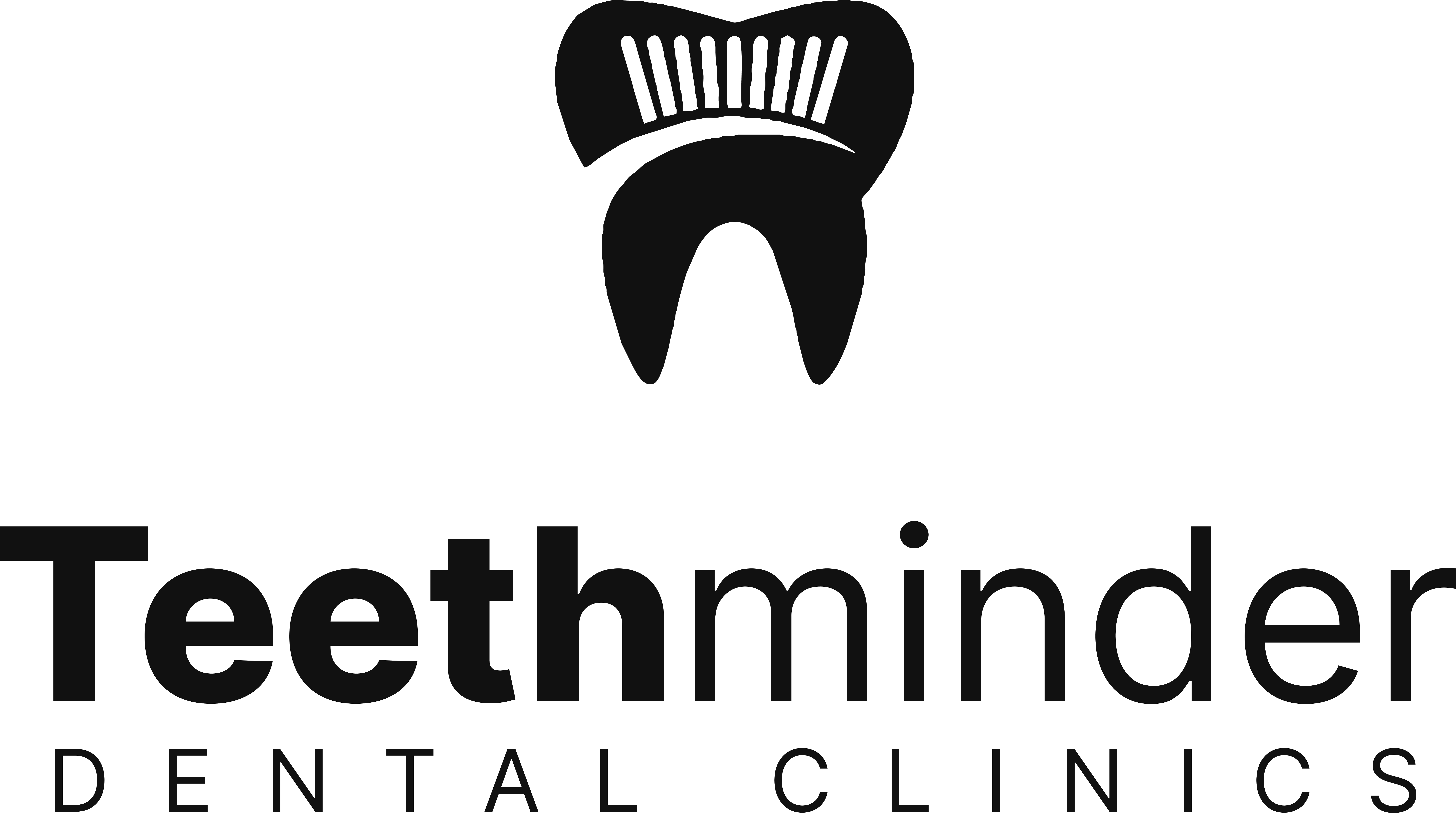General Dentistry

|
Registration /Consultation
|
Dental Report
|
Fluoride Treatment
|
Panoramic X-ray
|
Random Blood Sugar
|
Scaling and Polishing
|
Specialist Consultation
|
Specialist Consultation(follow up)
|
Study Model
|
Periapical X-ray
|
|---|---|---|---|---|---|---|---|---|---|
|
₦5,000
|
₦10,500
|
₦8,800
|
₦21,500
|
₦2,500
|
₦20,600
|
₦22,500
|
₦10,000
|
₦10,000
|
₦5,000
|
What is General Dentistry?
General dentistry is the branch of medicine involving the care and maintenance of oral health. It encompasses a broad range of services and procedures designed to prevent, diagnose, and treat dental issues, ensuring the overall health of your teeth, gums, and mouth. General dentists are akin to primary care physicians in that they are your first point of contact for all dental health needs.
Core Services of General Dentistry
Preventive Care
Preventive care is the foundation of general dentistry. The aim is to maintain healthy teeth and gums by preventing problems before they arise. Key preventive services include:
- Routine Examinations: Regular dental check-ups, typically every six months, are essential for monitoring oral health. These exams help detect early signs of issues like cavities, gum disease, and oral cancer.
- Professional Cleanings: Even with diligent home care, plaque and tartar can build up in hard-to-reach areas. Professional cleanings remove these deposits, reducing the risk of cavities and gum disease.
- Fluoride Treatments: Fluoride helps strengthen tooth enamel, making it more resistant to decay.
- Sealants: A protective coating applied to the chewing surfaces of the back teeth (molars) to prevent cavities.
Diagnostic Services
General dentists use various diagnostic tools to identify dental issues accurately. These include:
- X-Rays: Radiographic images help detect problems not visible during a routine examination, such as cavities between teeth, bone loss, and impacted teeth.
- Oral Cancer Screenings: Early detection of oral cancer can significantly improve treatment outcomes. Dentists check for signs of cancer during regular exams.
Restorative Treatments
When dental issues occur, restorative treatments aim to repair damage and restore the function and aesthetics of teeth. Common restorative procedures include:
- Fillings: Used to treat cavities and restore the integrity of the tooth.
- Crowns: Caps placed over damaged or decayed teeth to restore their shape, size, and function.
- Bridges: Prosthetic devices used to replace missing teeth, helping maintain the alignment of surrounding teeth.
- Root Canals: A procedure to treat infected or damaged tooth pulp, relieving pain and saving the tooth.
- Dentures: Removable appliances that replace missing teeth and surrounding tissues.
Cosmetic Dentistry
General dentists also offer cosmetic procedures to enhance the appearance of your smile. These include:
- Teeth Whitening: Procedures to lighten the color of teeth and remove stains.
- Veneers: Thin shells of porcelain or composite resin that cover the front surface of teeth to improve their appearance.
- Bonding: A process in which a tooth-colored resin is applied and hardened with a special light to repair chipped, cracked, or discolored teeth.
The Role of a General Dentist
A general dentist is your primary dental care provider, responsible for the diagnosis, treatment, and overall coordination of services to meet your oral health needs. They manage a wide array of dental issues and coordinate with specialists when necessary for more complex treatments. Establishing a relationship with a general dentist ensures continuity of care and a comprehensive approach to your dental health.
The Importance of Regular Dental Visits
Regular visits to a general dentist are crucial for maintaining good oral health. These visits help:
- Prevent Dental Issues: Regular check-ups and cleanings can prevent many dental problems.
- Detect Problems Early: Early detection of dental issues can lead to easier and more effective treatment.
- Maintain Overall Health: Oral health is closely linked to overall health. Poor oral health can contribute to conditions such as heart disease and diabetes.
Conclusion
General dentistry is essential for maintaining healthy teeth and gums throughout your life. By providing preventive care, diagnosing and treating dental issues, and offering cosmetic enhancements, general dentists play a vital role in your overall health and well-being. Regular dental visits and good oral hygiene practices are key to a healthy smile and a healthy you.


